During pregnancy, the hair grows, grows… and doesn’t fall off! Know what is behind this effect, which leaves the hair more voluminous and beautiful
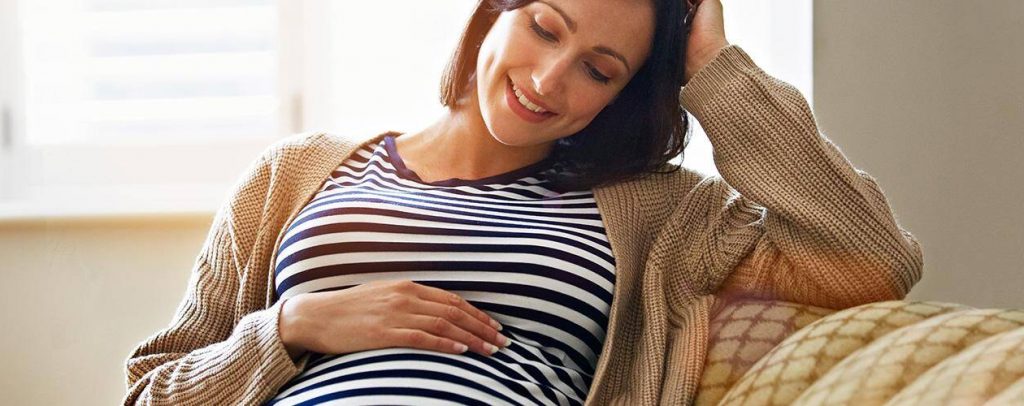
Hair Care – Shiny, beautiful and voluminous hair is no advantage to those who have just left the salon. It is a kind of natural privilege for many pregnant women. The explanation is in the female hormones. During pregnancy, estrogen and progesterone increase in blood circulation and affect the hair follicles, causing a real revolution in hair behavior. The oiliness and the fall are diminished, since they are associated with the male hormones and these, in turn, suffer a reduction. Therefore, in this period, women tend to have healthier and more beautiful hair.
The cycle of hair development is also affected throughout pregnancy. The hairs stay most of the time in the growth phase, called anagen. This means that they grow, grow and do not detach from the scalp. Hence the bulky aspect – only it has the days counted after delivery.
About four months after the baby is born, the hormones go back to what they were and the hair that resisted fall off to give way to new hair. They fall in large quantities, especially in the bath and while combing – after receiving an extra push from the water and the comb. This period is called telogen effluvium and usually scares some women, who run to the doctor, thinking they have a problem. There is no reason to worry, after all it is a natural process. After weeks, everything returns to normal.
Hair cycle
The hair growth cycle is composed of three phases: anagen (growth), catagen (rest) and telogen (fall). Throughout life, these stages alternate. What differs is that, in pregnancy, the hairs stay most of the time in the anagen. The result? The hair grows more!
This benefit is experienced by many women, but of course there are exceptions. The way hair grows is primarily influenced by genetic inheritance. The state of health is also relevant for the growth cycle to happen.
Food
The woman needs to be in good health. This is because there are chronic diseases that can affect the threads, such as diabetes and rheumatoid arthritis.
The nutritional status also has to be balanced. As it is important for the baby, a balanced diet – rich in protein, iron, vitamins and mineral salts – is very important for the health of the hair.
With the end of pregnancy, the decrease in hormone levels can trigger another phenomenon: the telogen effluvium. The threads that resisted during pregnancy fall sharply. This is a natural event that generally ceases on its own, without the need for any treatment.
Hair in pregnancy
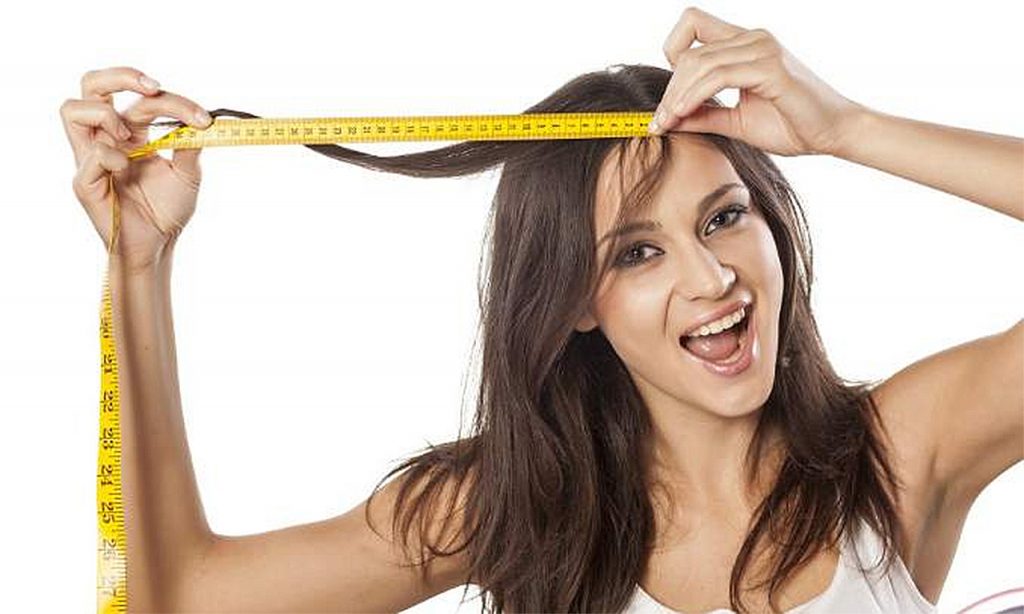
1. Growth
The life cycle of hair strands lasts approximately five years and is divided into three stages. In the first stage (anagen), they are born and grow until they reach their maximum length.
2. Maturity
In the next stage (catagen), the thread stops growing and waits for the right moment to fall, usually two weeks after reaching maturity.
3. One goes to the new come
The matured thread finally detaches from the scalp (telogen phase). At this point, a new hair has already developed, not opening gaps for flaws.
4. All the hormones’ fault
When a woman becomes pregnant, the hormone estrogen acts on the hair follicles, messing up hair growth.
5. Beautiful to see
The hair stops falling and thus the scalp gains a greater volume. The texture also changes and the woods become smoother or wavier.
6. After the delivery
About three months after the birth of the baby, the hormones balance out and the hair that should have fallen out during pregnancy is detached from the scalp. It is the so-called telogen effluvium, which frightens many women.
7. Back to normal
The volume of the hair suddenly decreases and a large amount of hair usually goes away in the bath or when combing the hair. Fortunately, everything returns to normal a few weeks later.
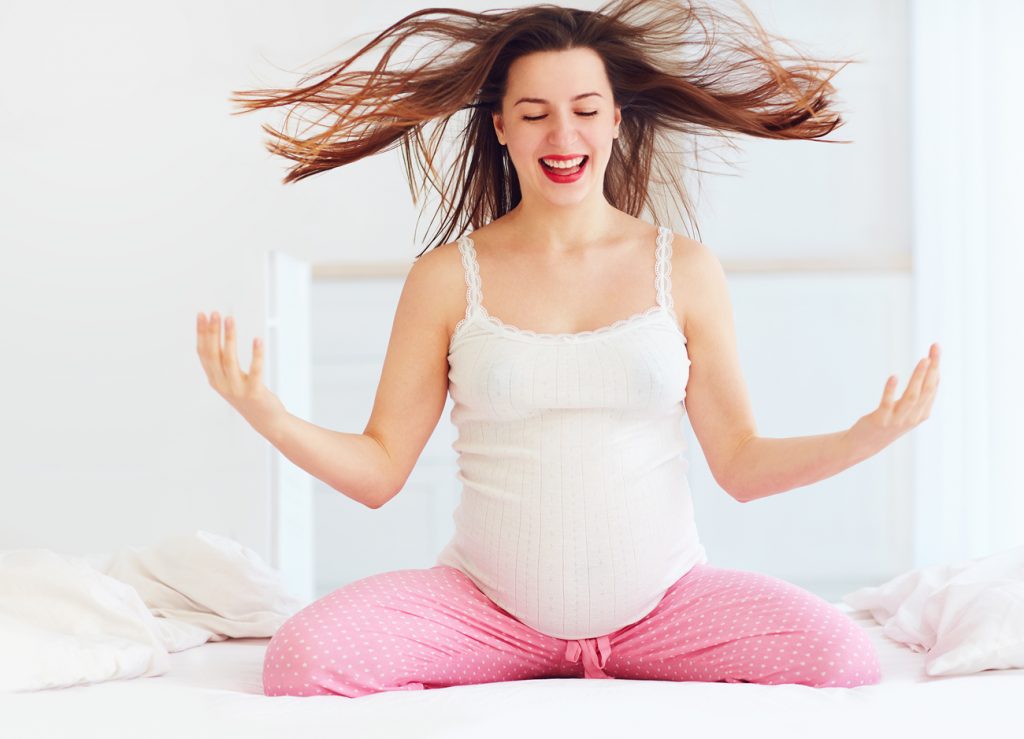
Hair care during pregnancy: what to do and what to avoid to keep your hair healthy during pregnancy
Keeping your hair beautiful and healthy throughout pregnancy is a wish of every future mother. During this period, it is necessary to give up some hair procedures that I used to do and bet on others so that the hairs grow in the best way possible. After all, what can and can’t you do in the strands during pregnancy?
Dyeing your hair: can you or can’t you?
Many women use coloring to change the look of the threads or cover white hair. But can pregnant women go through this procedure? According to experts, dyeing the hair is not recommended for future mothers who are still in the first trimester of pregnancy. But if you still want to change the color of the strands, the best option is to bet on a toning.
To do hair hydration: can it or not?
Yes. But it is important to choose very well the treatment product before using it. The ideal is that the pregnant woman gives preference to the mask or hydration ampoule, preferably with nourishing actives.
Can I use any shampoo or conditioner?
The ideal is to bet on products without sulfate or with strong fragrance to avoid possible skin allergies or scalp irritations. The tip is to use a cleaning cream – product that replaces the shampoo and conditioner – that helps to accomplish a suave and efficient hygiene, removing the residues of the root and hydrating the length until the ends.
See also:
How to Relieve a Headache & Tips To Get Rid of a Headache
How to relieve back pain in pregnancy
Dry skin – Know the causes and how to treat dry skin on the face
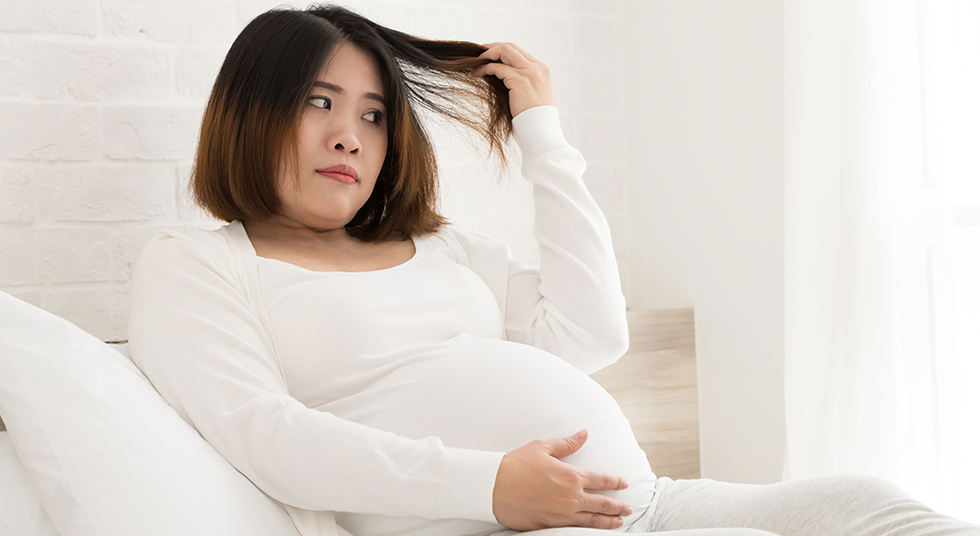
Check out the myths and truths about chemical use on hair during pregnancy
The use of masks, dyes or any other type of hair chemical during pregnancy generates a series of doubts among future mothers and health professionals.
Let’s look at the most common doubts in order to clarify the myths and truths on the subject.
Ammonia or heavy metals are not recommended during pregnancy? True.
Although there are no conclusive studies on the subject, the use of these products is not recommended during the gestational phase. This is because the contact of these chemicals with the scalp can cause them to be absorbed and taken to the blood circulation of the mother and thus be toxic and harmful to the fetus.
Can the dyes without ammonia be used during pregnancy? Half truth.
For women who dye their hair regularly, one of the options are ammonia-free dyes, shampoos and natural henna, for example. Even so, it is recommended that pregnant women avoid dyeing their hair before the 14th or 16th week of pregnancy, when the fetus is still in formation. It is worth pointing out that, because it is a controversial subject, the most important is to consult your doctor before using any product.
Permanent and straightening can bring risks to the baby’s health? True.
Permanent, potassium hydroxide, smoothing, chemical and formaldehyde-based treatments should be avoided by pregnant women. Formaldehyde, for instance, is highly toxic, besides being a cancerous chemical. This substance can hinder the development of the baby causing bad formation, low weight, among other anomalies.
When the pregnant woman does aesthetic treatments on the hair, it brings risks not only for the fetus, but for herself? Half truth.
The risk is not proven, there is no official study on the subject, but pregnant women should not risk.
Dyes don’t have chemical substances levels able to damage the baby’s health? True.
This substance can hinder the development of the baby causing bad formation, low weight, among other anomalies.
When the pregnant woman does aesthetic treatments on the hair, it brings risks not only for the fetus, but for herself? Half truth.
The risk is not proven, there is no official study on the subject, but pregnant women should not risk.
Dyes don’t have chemical substances levels able to damage the baby’s health? True.
There is no scientific proof that condemns the use of dye during pregnancy. The paintings do not pose any risk to the baby’s health because they do not have significant levels of chemical substances that can lead to malformation of the child.To ensure the safety of mother and baby, all products chosen by the pregnant woman must be released by the doctor.
During breastfeeding, can the woman dye her hair, straighten and do other treatments? Half truth.
During the breastfeeding phase, the use of these products is seen with less fuss by doctors. However, they cannot contain ammonia or heavy metals. One suggestion is to opt for henna or another natural capillary product. The treatments to straighten the hair should only be done after the breastfeeding period.
Generally, most products do not pose any risk to the baby’s health because they do not have significant levels of chemical substances that can lead to malformation of the child. To ensure the safety of mother and baby, all products chosen by the pregnant woman must be released by the doctor.
Can straightening treatments contaminate the pregnant woman’s milk? Yes, they can.
Formaldehyde should pass away from infants, because the absorption, transmission or effects of the product on newborns are not known. As there is no scientific proof, the ideal is to avoid any risk. Besides, these chemicals can cause a series of allergic reactions. If this happens, the mother will need to make use of medicines that can also interfere in the quality of breastfeeding.
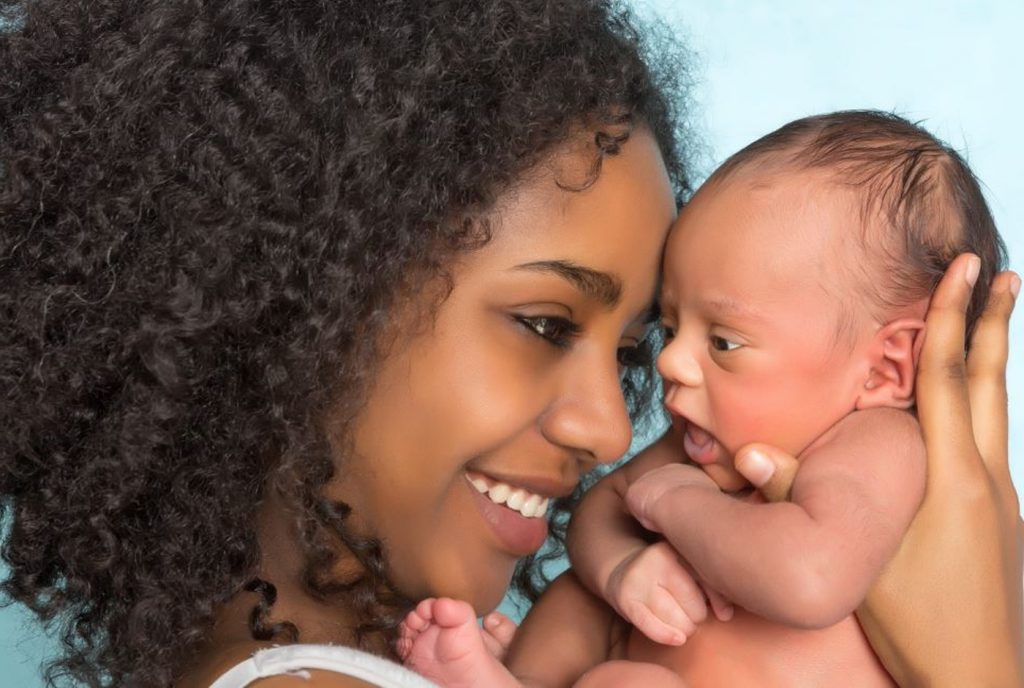
How to take care of your hair during pregnancy: 5 hair care tips for you to kick ass
Tip 1
Keep the hydration up to date. When buying hair products, always choose the adequate ones for your kind of hair and try to know if they can be used by pregnant women.
The ideal is that you choose to make a complete treatment like the hair schedule, focused on solving the main capillary problems and maintain the health of the threads for longer.
Tip 2
Take care of your food. Besides being fundamental for the health of both mother and baby, the correct diet, with fruits, vegetables and vegetables is a source of vitamins, nutrients and mineral salts that will influence the health of your hair.
Tip 3
Prefer to use natural products for your hair treatments. For those who wish to change the tone of the hair during pregnancy, the use of products that do not contain ammonia, such as toning agents, is recommended.
Remember, however, to do a wick test before applying the product, to check the compatibility with your hair.
Tip 4
Keep the cut up to date. This will help reduce the split ends and strengthen the hair strands, making them healthier. Choose a cut that is easy to stylize to reduce work when tidying up your strands.
Tip 5
Reduce the use of heat tools such as the dryer and the plate. Your hair will already be more dry due to the action of hormones, and these tools can contribute to make them weaker and more brittle.
Prefer to let your hair dry naturally whenever possible and, in case there is no way to avoid the use of the dryer, always remember to apply before a thermal protector to minimize the drying action of these products.
The thermal protector will form a protection layer around your capillary fiber, making the heat of the dryer have a less malefic action on your strands. Besides understanding how to take care of the hair in pregnancy, afterwards it will be important to know how to take care of the hair of babies and children. We have some tips to take care of children’s hair and make the strands grow silky and soft.
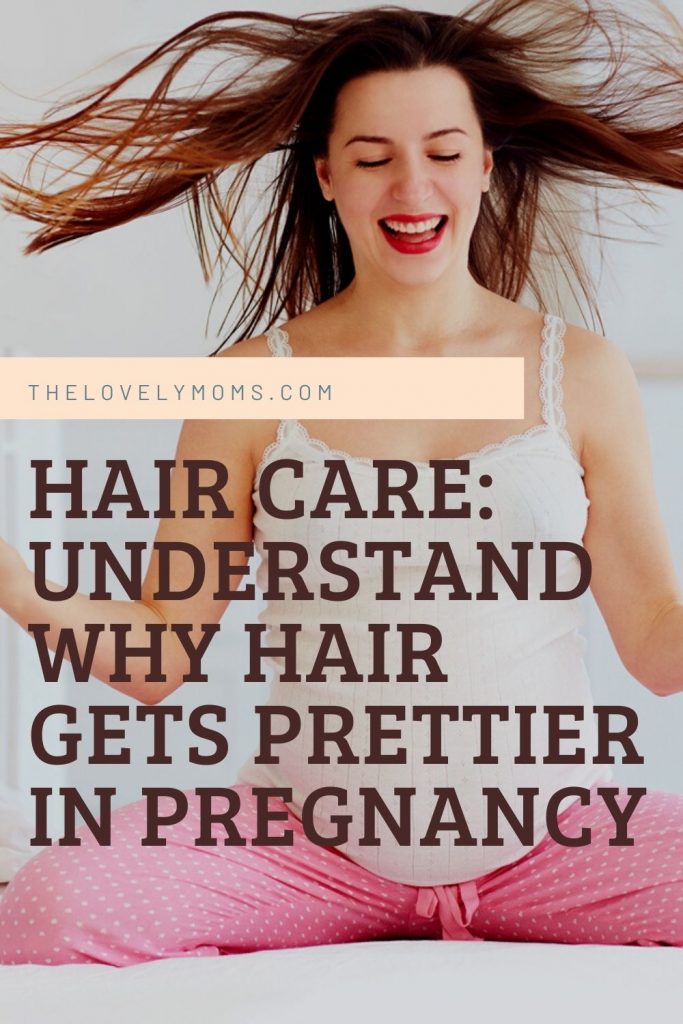
Tags: pregnancyhaircare #pregnancyhairloss #haircareduringpregnancy #haircaretipsduringpregnancy #pregnancyhairgrowth #pregnancyhaircareroutine #skinandhaircareinpregnancy #hairlossduringpregnancy #howtotakecareofhairduringpregnancy #pregnancyhairfall #postpregnancyhairloss #haircaredosanddon’tsduringpregnacy #pregnancyandhair #pregnancyhair #pregnancyhairloss #postpartumhairloss #hairlossafterpregnancy #hairlossduringpregnancy #postpregnancyhairloss #hairlossinpregnancy #hairlosstreatmentforwomen #hairlossearlypregnancy #howtopreventhairloss #hairlossinpregnancytreatment #postpregnancyhairlossprevention
